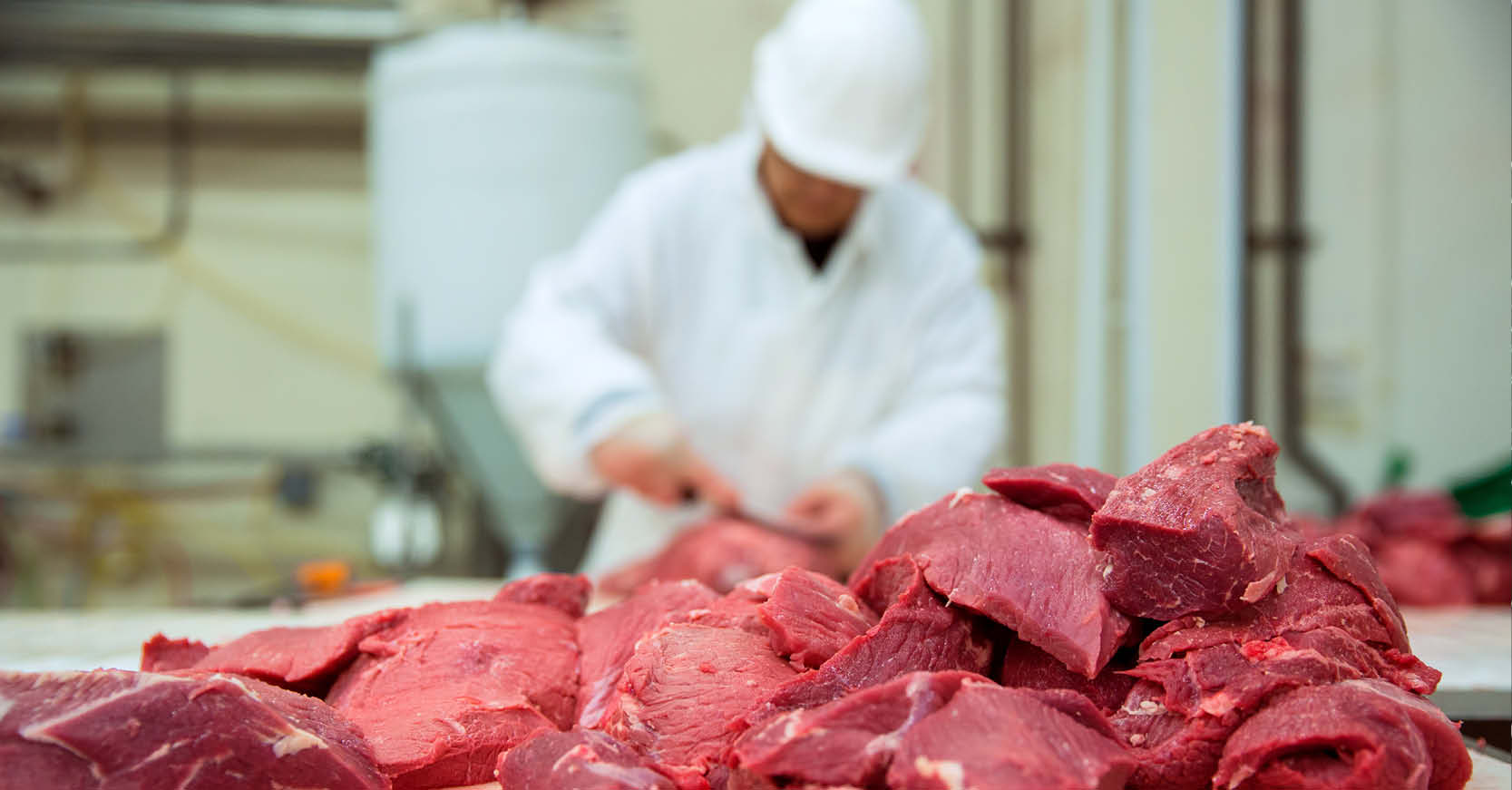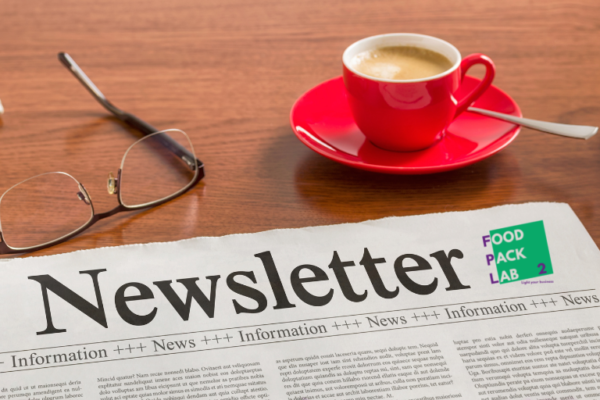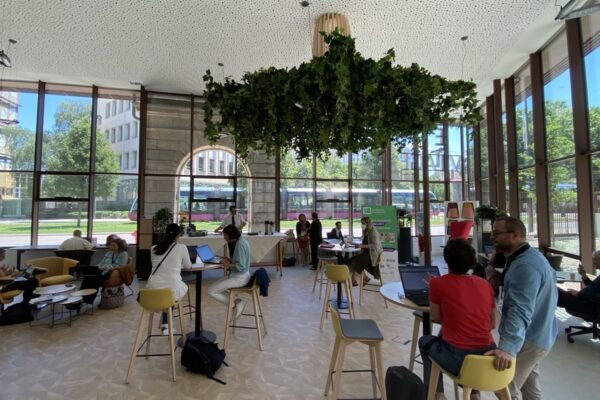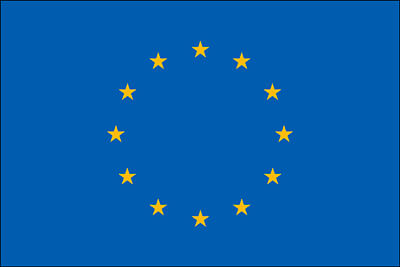
08/06/2020
A new era in Food Security
In this webinar organized by our consortium coordinator secpho, we could discover the latest news in food security from Ainia Centro Tecnológico, Atria Innovation, BCB, Animal Food Science Group from the UAB, Hamamatsu Photonics, MacsaID, Nulab (startup of CNTA) and Zabala Innovation Consulting.
For those of you who did not have the opportunity to attend, you can retrieve the presentations of each speaker in the following videos:
Sergio Sáez, Cluster manager, secpho. “Webinar presentation”
Ricardo Díaz, Head of Instrumentation and Automation Department at Ainia. “Photonic technologies in food safety”
Photonic technologies help us to control quality and safety in food. Image sensors are able to detect properties that can not be detected by human eyes combined with advanced techniques in image processing (MIA, ML…). Some of those technologies are: Conventional spectroscopy, Chemical imaging or hyperspectral vision and Optical Biosensors.
Víctor Blanco, Business Development Manager at BCB Informática y Control. “Infrared thermography, a useful tool for Food Security”
1) Process control and monitoring: Alarms if T is too high/low, Temperature uniformity in the production line, bottlenecks, and counting
2) Baking and cooking control: Fill level, Thermocompression on packaging, Inspection of heat sealing
3) Continuous monitoring of machinery and other elements: Heat uniformitiy inside ovens, Monitoring of burners, continuous monitoring of critical equipment, Energy saving.
David Castrillo Sanz, Area Manager Spain & Portugal at Hamamatsu Photonics. “Optical detection for food inspection”
Infrared detectors do not need safety requirements and are able to check on the spectrum change of the food, even when it’s packaged. Hamamatsu Photonics has developed several infrared lowcost sensors that can be costumized as required by the user.
Elena Martínez, CEO of ATRIA Innovation. “Adavantatges of the use of hyperspectral cameras”
Hyperespectral cameras don’t need contact, therefore it’s a non invasive and non distructive method. Those are some of their applications in food industry: Finding inert foreing elements in the products, Finding differences between organic elements in the products, Measuring composition and nutrional elements in food, Controling a process that is already finished (baking).
Manuel Castillo, Associate Professor & Research Scientist at Animal & Food Science UAB. “Development of optical sensors for optimization of food processing control”
Optical components using light sources in are the core of their technological projects, such as: Cutting time sensor technology for cheese making (Inline determination of gel firming), Fermentation endopoint sensor technology for yogurt manufacture (inline determination of yogurt PH).
Felipe López, Regional Managing Director at Zabala Consulting Group. “Trends in innovation funding”
There are several Grant funding and tax incentives for innovation, ans also Grants management comprehensive service. At Zabala, they accompany clients form the idea until the end of the projet life.
Mª Jose Bengoechea, CTO of NULAB.”Fod safety & quality 4.0, lab to sample”
Technologies that are involved in NULAB projects: Artificial Vision and Hyperspectral Image. Those are some of the applications in Agro-Food Industry: Shelf-life product determination, Classify raw material at the entrance of the factory, control for sensorial features and physical-chemmical properties, detect strange objects, fraud or patogens.
Jaume Almirall, Laser Project Dep. Manager at Macsa ID “Laser marking on hams for identification of the different qualities, and subsequent differentiated treatment”.
Lasers are used to apply small character codes and other alphanumeric information to packkaged goods such as foodstuff and beverages, personal and household care products and pharmaceuticals. They are the alternative to ink jet printers. Other applications: laser marking systems, that are used to apply large and complex text, data and graphics to products. Also inline laser cutting, coding and scoring.
Success case: Internal traceability of ham marking to ensure an standard level of salt, drying and maduration in every ham.
Gawel Walczak, EU & International Affairs Manager at secpho. “Introduction to Food Pack Lab II”
Food Pack Lab I: Was focused on foster cross-sectorial collaboration between Deep Tech, packaging and food industries. Consortium members:
- Deep Tech – Spain, France, Italy
- Packaging – Spain, Belgium
- Food – France, Denmark
Food Pack Lab II pursues to organise internalisation missions for european companies to reach countries outside EU: India and South Africa.



 This website was funded by the European Union’s COSME Programme (2014-2020)
This website was funded by the European Union’s COSME Programme (2014-2020)